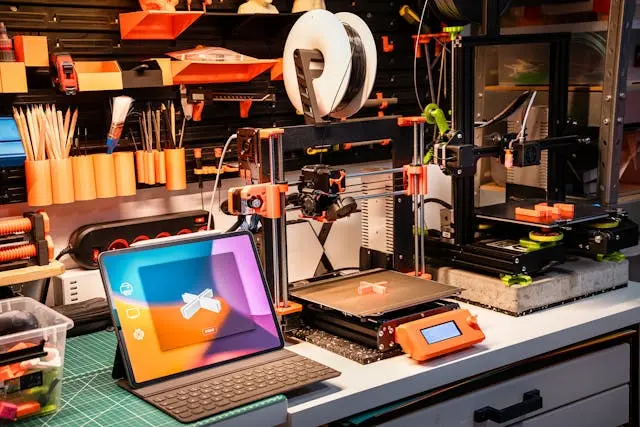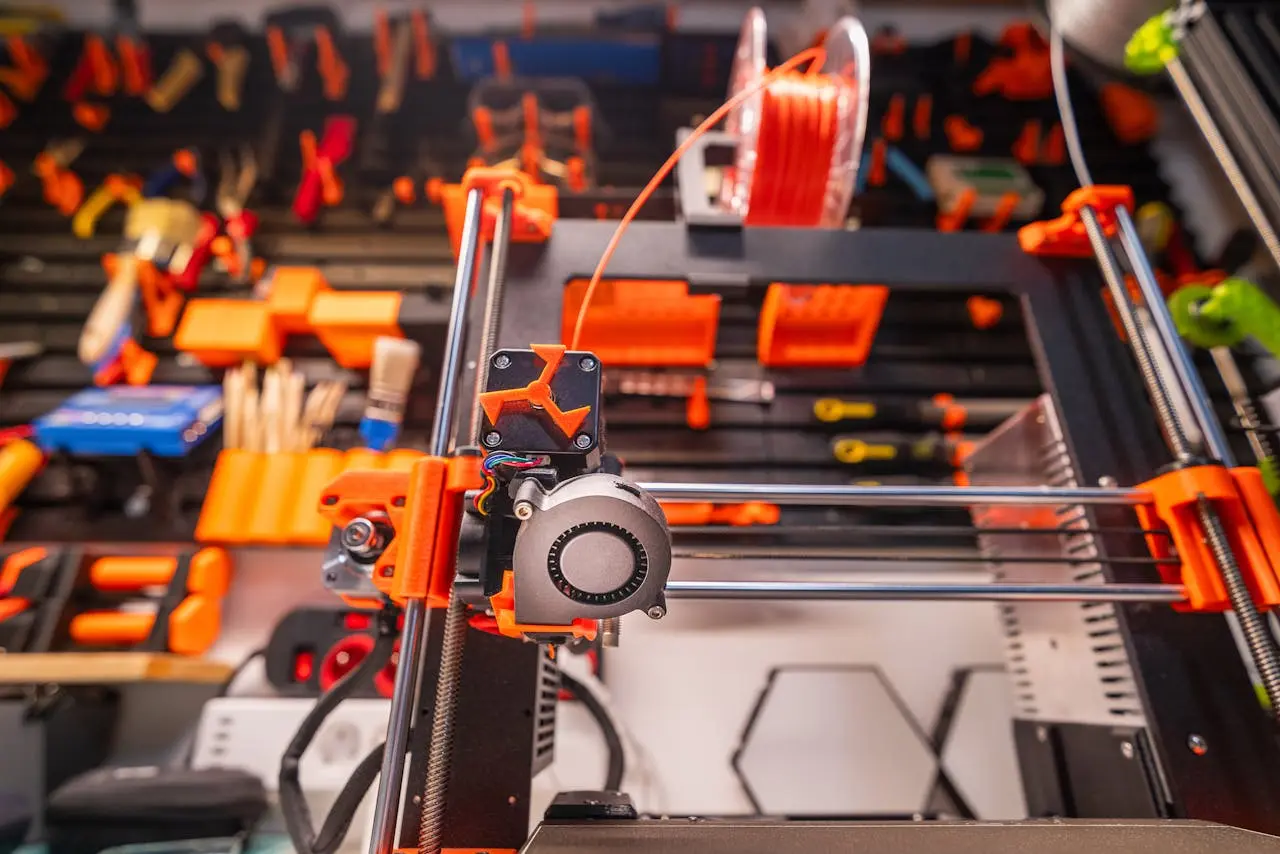3D Prints Not Sticking? Try Bed Leveling First!

If your first layers aren’t sticking, your corners are lifting, or your nozzle seems to be dragging through the print — chances are, your bed isn’t level. Bed leveling is one of the most important and most ignored parts of getting consistent, high-quality prints.
Let’s break it down.
What Does “Leveling” Actually Mean?
Leveling your bed isn’t about making it perfectly horizontal with the Earth — it’s about making sure the distance between your nozzle and the bed is consistent across the entire print surface.
Too close, and you’ll get:
- Smushed first layers
- Clogged nozzles
- Warped or elephant-footed prints
Too far, and you’ll get:
- Poor adhesion
- Gaps in the first layer
- Stringy messes
Manual Leveling (Turn Those Knobs)
If you have a traditional Ender-style bed with four corner knobs:
- Home your printer using the display or g-code command.
- Disable steppers so you can move the head freely.
- Move the nozzle to the front-left corner.
- Slide a piece of regular printer paper under the nozzle. Adjust the knob until you feel slight resistance.
- Repeat this process for all four corners and the center — at least twice.
Pro tip: After heating the bed to printing temp (60°C+), level again. Thermal expansion can throw things off.
Z-Offset: The Fine Tuning Step
If you have an auto bed leveling sensor (like a BLTouch or CR Touch), you still need to set your Z-offset. This tells your printer exactly how far the nozzle should be from the bed after it probes.
- Start a test print.
- When the first layer starts, tweak the Z-offset live using your screen (usually under Tune > Z-Offset).
- Dial it in until the line looks slightly squished, with no gaps and no digging.
📏 Bed Leveling Mesh (for ABL Printers)
Most auto-leveling printers create a mesh map of your bed’s surface.
But if your bed is physically warped (low spots, high spots), that map won’t save you — it only compensates so much.
Solution:
- Shim under the bed (paper, tape, or foil)
- Use a spring/solid mount conversion
- Or replace the bed entirely if it's bowed
🧼 Clean Your Bed Before Leveling
Seriously. Grease and grime can make your bed feel higher or lower than it is. Use:
- 90%+ isopropyl alcohol
- Microfiber cloth
- Clean hands (or gloves)
🔁 Make It a Habit
Re-level when:
- You move your printer
- You change nozzles or beds
- You notice adhesion issues
- Your prints just start acting weird
A quick 5-minute level can save hours of failed prints and wasted filament.
Need help getting your bed level and your Z-offset dialed in?
I’ve helped fix everything from warped beds to mystery adhesion issues. Contact me here for advice or 1‑on‑1 help.


.jpg)